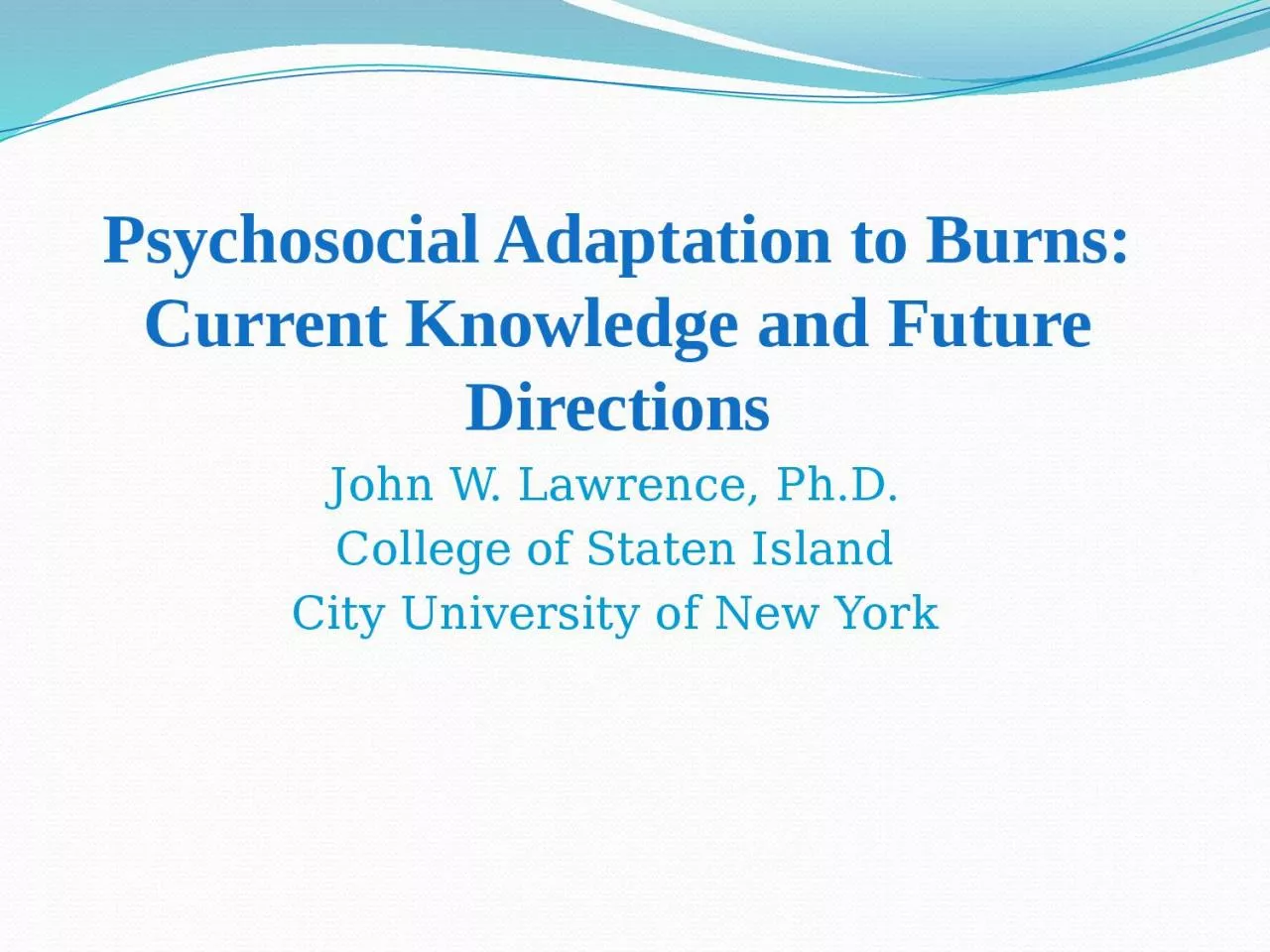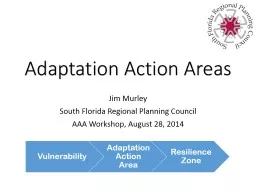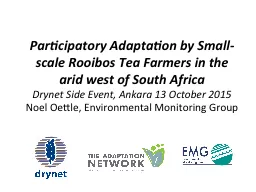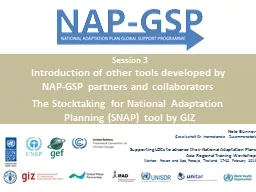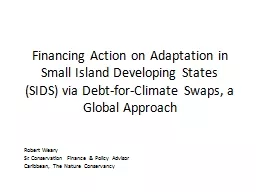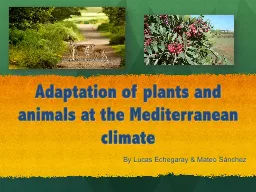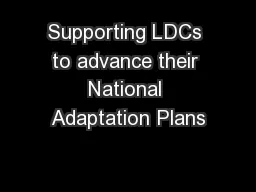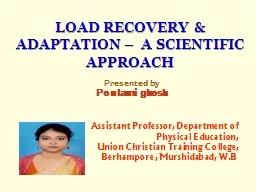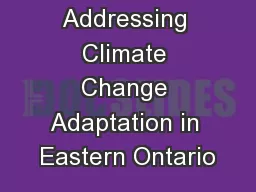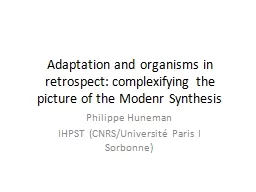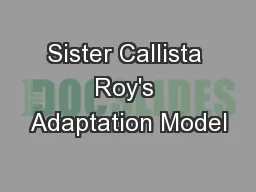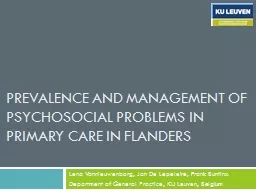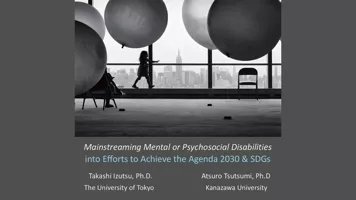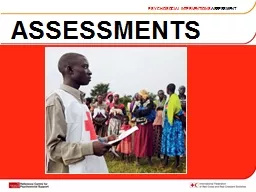PPT-Psychosocial Adaptation to
Author : caitlin | Published Date : 2023-05-20
Burns Current Knowledge and Future Directions John W Lawrence PhD College of Staten Island City University of New York Topics covered in this talk I ntroduction
Presentation Embed Code
Download Presentation
Download Presentation The PPT/PDF document "Psychosocial Adaptation to" is the property of its rightful owner. Permission is granted to download and print the materials on this website for personal, non-commercial use only, and to display it on your personal computer provided you do not modify the materials and that you retain all copyright notices contained in the materials. By downloading content from our website, you accept the terms of this agreement.
Psychosocial Adaptation to: Transcript
Download Rules Of Document
"Psychosocial Adaptation to"The content belongs to its owner. You may download and print it for personal use, without modification, and keep all copyright notices. By downloading, you agree to these terms.
Related Documents

